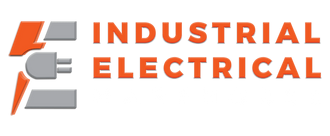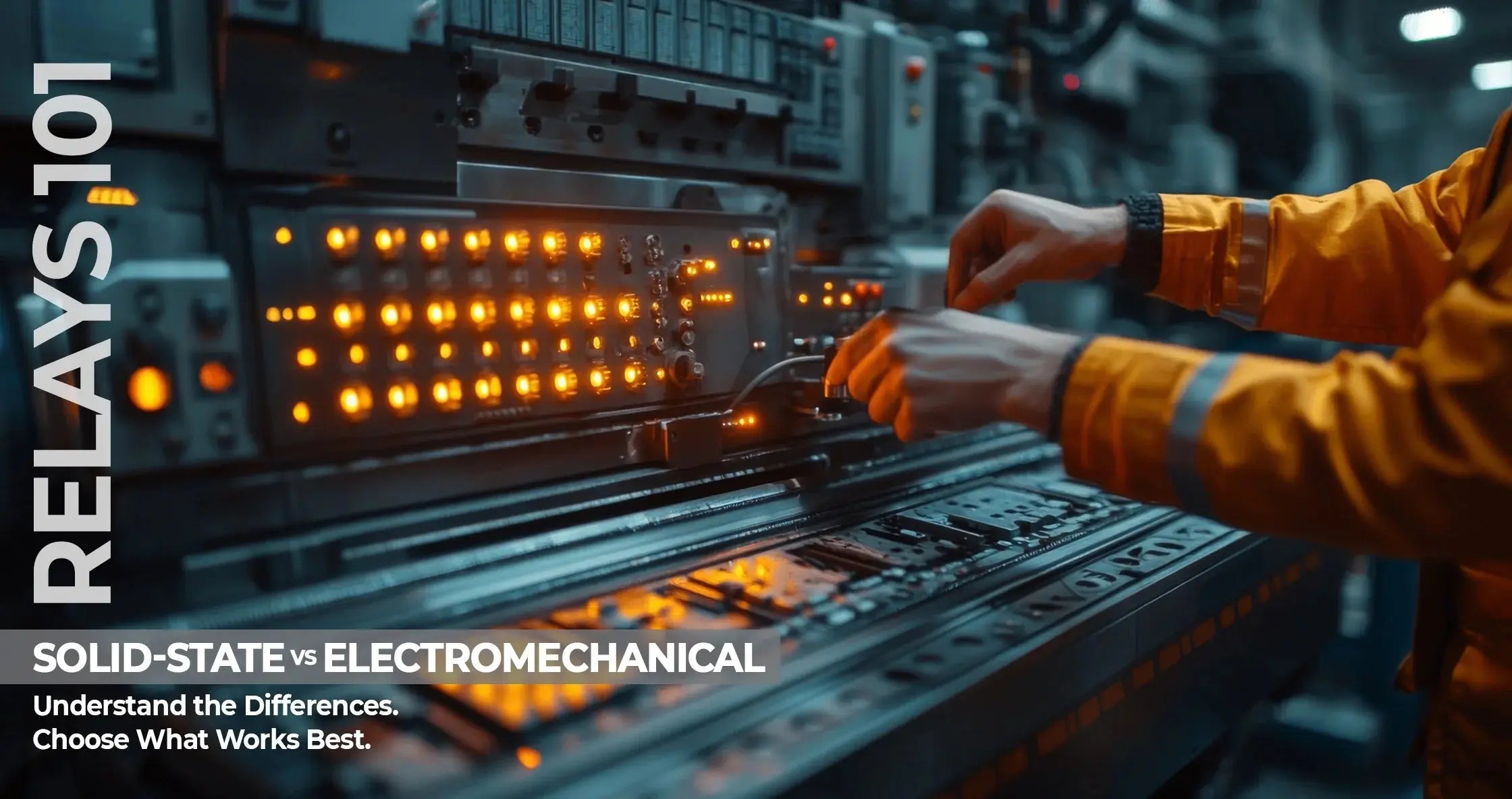In industrial automation and control systems, the relay plays a critical role in switching, isolating, and controlling electrical loads. Among the most commonly used types are the solid state relay (SSR) and the electromechanical relay (EMR). While both serve the same fundamental purpose, the technologies behind them differ significantly, impacting performance, durability, and application suitability.
This guide takes a deep dive into the world of relays, comparing solid-state relays and electromechanical relays in terms of function, advantages, drawbacks, and their best-fit industrial uses.
What is a Solid State Relay?
A solid state relay is an electronic switching device that uses semiconductor components like thyristors, triacs, or transistors instead of mechanical moving parts. SSRs perform the same basic function as traditional relays—switching electrical loads on and off—but they do so without any physical contacts.
Solid state relays are known for their high-speed switching, long operational life, and silent operation. These features make them highly desirable in applications where reliability and durability are paramount.
How Solid State Relays Work
A solid state relay works by receiving a control signal (typically from a low-voltage source like a PLC or microcontroller) and using that signal to activate an internal semiconductor switch. When triggered, the semiconductor conducts and allows current to flow to the load. When the signal stops, the current flow stops as well.
Since there are no moving parts in a solid state relay, there is minimal wear and tear, which results in extended life cycles and reduced maintenance costs.
What is an Electromechanical Relay?
An electromechanical relay (EMR) is a traditional switching device that operates using a coil and a physical set of contacts. When the coil is energized, it creates a magnetic field that pulls the contacts into position, allowing or breaking a current path.
EMRs are valued for their low cost, ease of use, and versatility. However, their mechanical components are prone to wear and may require regular maintenance or replacement, especially in high-frequency switching environments.
Key Differences Between Solid State and Electromechanical Relays
1. Switching Speed and Frequency
A solid state relay switches faster than an electromechanical relay. SSRs can switch in microseconds, making them ideal for high-speed applications such as motor control and data acquisition systems. EMRs typically take milliseconds to switch.
2. Durability and Lifespan
Because SSRs have no moving parts, they offer a much longer lifespan than EMRs. Mechanical wear is the primary failure point in electromechanical relays, making SSRs more reliable in harsh or demanding environments.
3. Noise and Interference
Solid state relays operate silently, whereas electromechanical relays produce an audible clicking sound during switching. This can be a consideration in noise-sensitive environments like laboratories or cleanrooms.
4. Electrical Isolation
Both SSRs and EMRs provide electrical isolation between control and load circuits. However, solid state relays achieve this through optical isolation, which can offer better performance at higher frequencies.
5. Power Consumption
A solid state relay typically consumes less power to operate the control circuit compared to an electromechanical relay. This efficiency is important in battery-powered or energy-conscious systems.
6. Heat Dissipation
One downside of SSRs is heat generation. Due to the internal semiconductors, solid state relays can generate heat and may require heat sinks or cooling mechanisms for high-load applications.
Advantages of Solid State Relays in Industrial Applications
Solid state relays offer a range of benefits that make them ideal for specific industrial use cases:
-
Long operational life: No moving parts mean fewer failures.
-
High-speed switching: Critical for automation systems.
-
Vibration resistance: Useful in environments with mechanical shock or vibration.
-
Silent operation: Beneficial in noise-sensitive setups.
-
Reduced maintenance: Lower total cost of ownership over time.
These advantages make the solid state relay a compelling choice for many modern industrial applications.
Limitations of Solid State Relays
Despite their many benefits, SSRs also have drawbacks:
-
Higher initial cost compared to EMRs
-
Heat management requirements
-
Limited overload and short-circuit tolerance
-
Leakage current when off
These issues can affect performance and must be considered during system design.
Applications of Solid State Relays
Solid state relays are used in a wide variety of industrial applications, including:
-
Industrial automation
-
Heating control systems
-
Motor drives and controls
-
Lighting systems
-
Food processing equipment
-
Semiconductor manufacturing
-
HVAC systems
Their ability to handle high switching cycles without contact degradation makes them particularly suitable for repetitive or high-frequency tasks.
When to Use an Electromechanical Relay Instead
While SSRs are ideal for many scenarios, electromechanical relays still hold value in certain applications:
-
Low-duty or infrequent switching
-
Cost-sensitive projects
-
Circuits that require physical contact feedback
-
High-current switching without added heat management
EMRs are especially useful in simple control panels or legacy systems where replacement with SSRs may not be practical.
Choosing the Right Relay: Key Considerations
When selecting between a solid state relay and an electromechanical relay, consider the following factors:
-
Switching frequency: High = SSR; Low = EMR
-
Current and voltage ratings
-
Load type (resistive, inductive, capacitive)
-
Heat dissipation requirements
-
Environmental conditions (vibration, noise sensitivity)
-
Budget constraints
-
Maintenance resources available
Each of these criteria impacts not only performance but also the long-term reliability of your system.
Future Trends: The Rise of Smart SSRs
With the rise of Industry 4.0 and the need for smarter components, SSRs are evolving. Manufacturers are now offering solid state relays with built-in diagnostics, feedback signals, and integration capabilities for IoT systems. These features allow real-time monitoring of relay status, helping reduce downtime and improve predictive maintenance.
Conclusion: Solid State Relay or Electromechanical—Which One is Right for You?
In summary, both solid state relays and electromechanical relays have their place in industrial applications. If your system demands fast switching, minimal maintenance, and silent operation, a solid state relay is likely the best fit. However, if you're managing a simple or cost-sensitive application with infrequent switching, the traditional electromechanical relay still delivers.
Understanding the differences and selecting the right relay ensures optimal performance, system longevity, and energy efficiency in industrial operations.
Whether upgrading your facility’s automation system or building a new control panel, choosing between SSRs and EMRs is more than a technical decision—it’s a strategic one. Make sure you base that decision on the specific requirements of your application.


